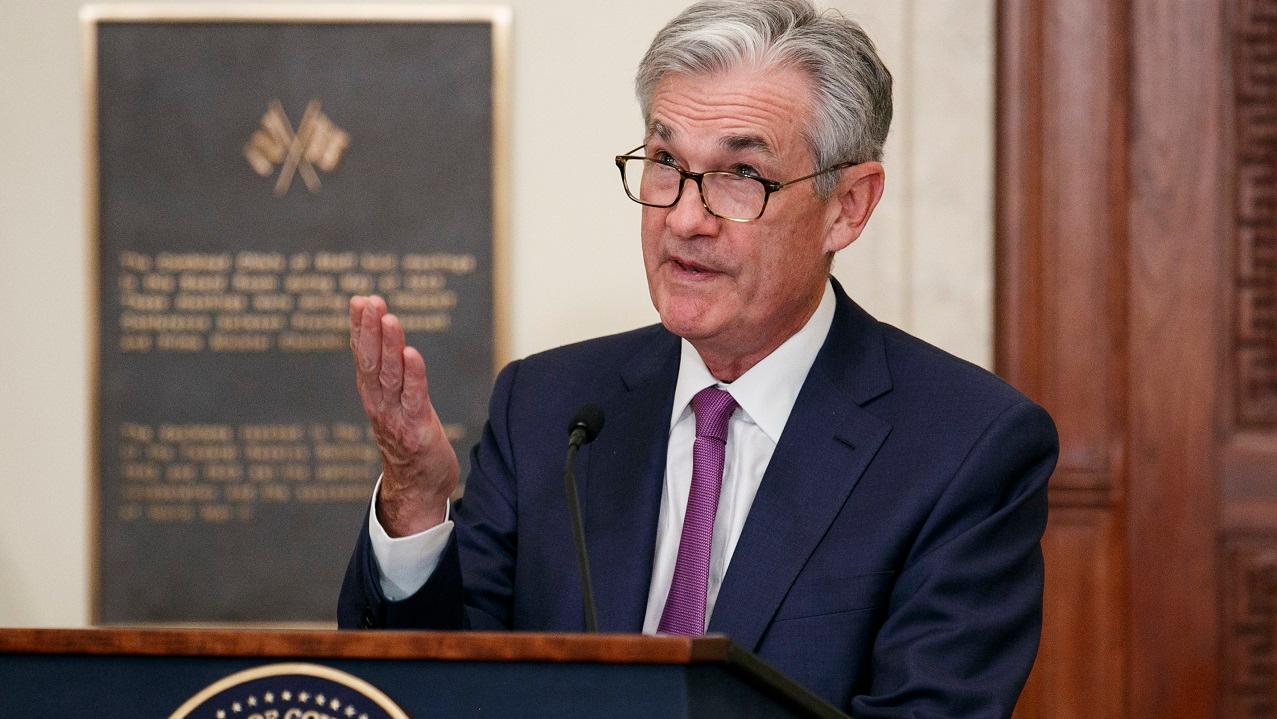Understanding the yield curve's recession warning
A recession has never begun in the U.S. without an inverted yield curve
When worries that the U.S. economy was barreling toward recession went viral in the late summer of 2019, the term "yield curve" was transformed into clickbait, a designation typically reserved for celebrities and scandal.
Searches for the arcane term, little used outside of economics textbooks, Wall Street and Federal Reserve meetings, spiked on Google in August as browsers searched for the latest developments on the yield curve or, in many cases, tried to figure out what it was.
If you're one of the people who never found a satisfactory explanation, FOX Business has you covered.
Put simply, the yield curve is a graphic representation of the yields on short-term and long-term Treasury notes. Yield measures the total return to bond-buyers, including both interest rate and any price concessions demanded by investors, and it typically increases as the maturity period grows longer since future economic conditions are harder to gauge.
During a period of typical economic growth, it would appear on a fever chart as a line curving upward.
A reversal of that pattern, or inversion -- with the line curving downward, is widely viewed as a signal that recession risk is growing since it indicates that bond-buyers are more concerned about economic conditions in the present than the distant future and are demanding higher yields to make purchases.
That's what happened in August when the yield for two-year Treasury notes topped the yield for 10-year securities as President Trump dug in on a trade dispute with China that roiled global markets before reaching an initial agreement later in the year.
“The fact that the curve is inverted sends a very strong signal to policymakers, at the Federal Reserve and the White House and Congress, that risks are elevated and whatever you’re doing now, you might want to change,” Ralph Axel, a rates strategist with Bank of America, explained at the time.
An inverted yield curve doesn't mean a recession is unavoidable, however.
CLICK HERE TO READ MORE ON FOX BUSINESS
While a U.S. recession has never begun without an inverted curve, the pattern has occurred in the past without leading to a downturn. “There have been many false signals,” Axel said.
The Federal Reserve, which follows the yield curve closely as it works to ensure stable economic growth, weighs the indicator in tandem with a variety of others to obtain the clearest possible assessment of U.S. health.
"There’s no one thing that is dispositive among all financial conditions," Fed Chairman Jerome Powell told reporters in September. "What really matters for all financial conditions generally is when there are changes— material changes -- that are sustained for a period of time."

